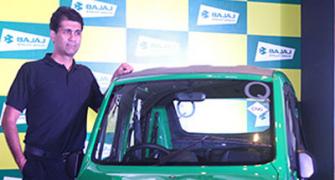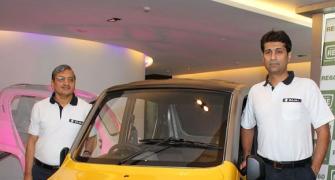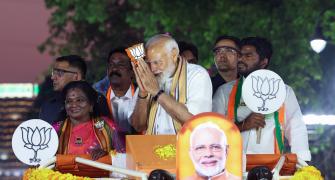The Qute infant of the four-wheel world is Bajaj Auto’s quadricycle. It is finally set to hit the India roads but the challenge of creating a new category in the competitive automobile market has only just begun.
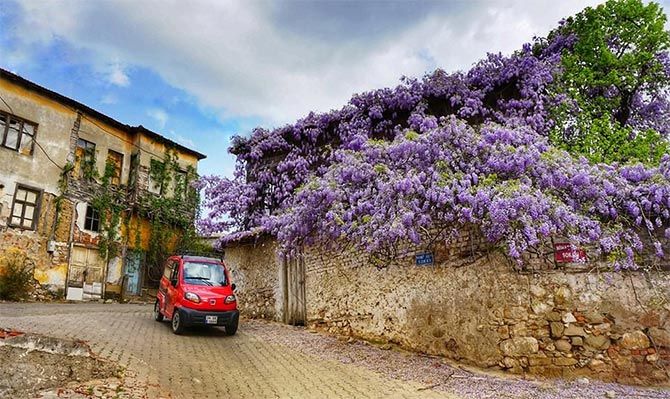
The arduous six-year wait included a bitter slugfest between Bajaj Auto’s top boss Rajiv Bajaj and Tata Motors and Maruti Suzuki and a slew of public interest litigations.
The motor industry competitors opposed Bajaj’s quadricycles as a new category of vehicle on the grounds of safety and the fact that it would bypass “emission norms” strictly followed by carmakers.
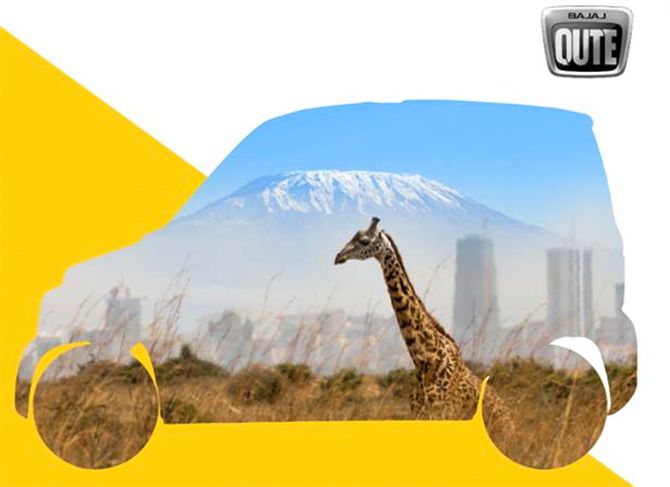
As for the court cases, they wound their way up to the Supreme Court, which finally pronounced on the matter this year.
Last week, the minister of road transport and highways, Nitin Gadkari, eventually gave the green signal to permit quadricycles to ply across the country for commercial use, and a notification is expected within a few days.
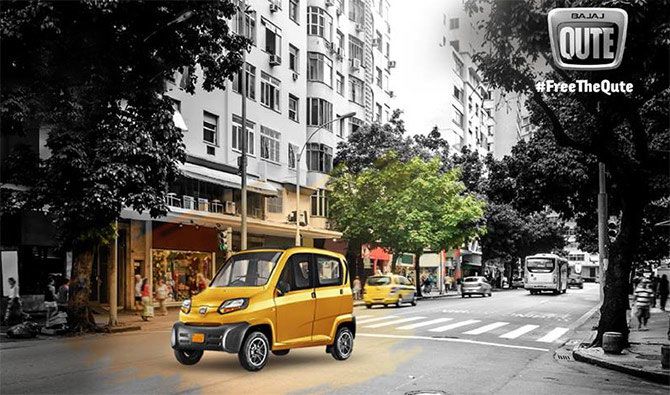
The new category of four-wheel vehicles has a smaller engine and a lower weight, as well as less space than any small car, but has doors, safety belts and, of course, four instead of three wheels. Christened the Qute, the four-wheeler, which is already available abroad, is expected to hit India’s streets in the next three months, first in Kerala (which has approved it) and then in other parts of the country.

The company has invested in building flexible capacity at its plant at Pune, which can make up 10,000 quadricycles a month.
So how will Bajaj Auto create a market in the four-wheel segment for the Qute?

Bajaj is cautiously optimistic: “The Qute will hit a sweet spot between the three-wheeler and the car in intra-city mobility. However, it is difficult to hazard a guess on how big the market will be as currently nothing like this exists in India.”
But he has a clear strategy for the new vehicle. The quadricycle will be “the opposite” of the Tata Nano, which despite its low cost could not find takers among taxi drivers and provide three-wheeler users an economical upgrade.
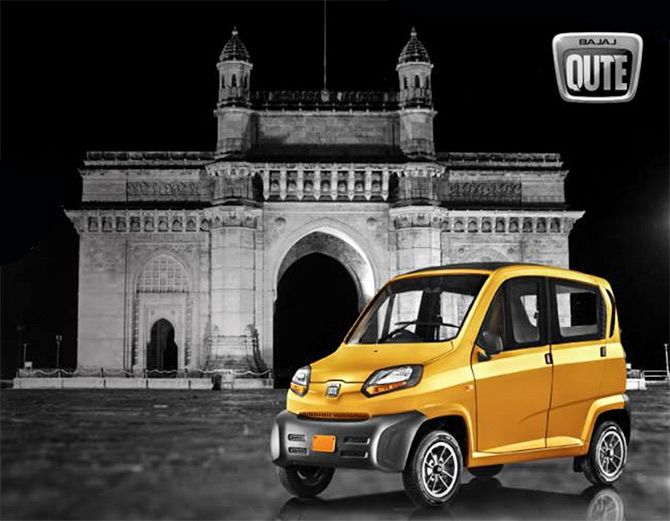
Says Bajaj: “The Qute will be about double the price of a Nano, but it will weigh much lower than the Nano at 450 kg, have a smaller engine (220 cc single cylinder). So its cost of running will be much lower than the Nano. Also its width and length will be the same as a three-wheeler so that it can manoeuvre narrow roads which a small car like the Nano cannot.”
Bajaj argues that for commercial use it is not the upfront cost but the cost of operation which is more important and that is where the Nano faltered. Tata Motors declined to comment on the issue. The Qute, however, Bajaj says, will provide an alternative to three-wheelers.
The company has worked out the economics. A passenger forks out Rs 8 per kilometre for a three-wheeler; if the higher upfront cost for a Qute is added, it would need the passenger to pay about Rs 10 a km for the driver to make money. Bajaj says there is a large pool of consumers who would be ready to pay a small premium for a safer and comfortable ride.
Interestingly, Bajaj Auto also controls over 90 per cent of the three-wheeler market, and the new business will be competing with the company’s three-wheeler business.
Bajaj, however, expects the dent to be small. For now, he is more focused on where the Qute would fit in and how he can build on its first-mover advantage before others join the fray (Mahindra & Mahindra has showcased a product in the segment as well).

Travellers to and from railway stations and airports is one segment he is looking at. The quadricycle with a metal roof on top (unlike a three-wheeler which is made of canvas) can carry up to 50 kilos of additional weight. That would provide an alternative to consumers who currently find taking a taxi from railway stations and bus stands expensive.
The micro cab category, which taxi aggregators offer, is another area. Currently, he says, it has not taken off as there are limited options in the micro cab category (only three models: Maruti Alto, Hyundai Eon and Datsun Go). The Qute could be an alternative offering between the three-wheeler and the passenger car.
But cab aggregators are not so sure. “We are pushing autos in a big way in the mass segment because the cost of running them for drivers is very attractive, the Qute cannot match it. For cab consumers, we would want them to upgrade from micro and mini to the premium service,” says a senior executive of a leading cab aggregator.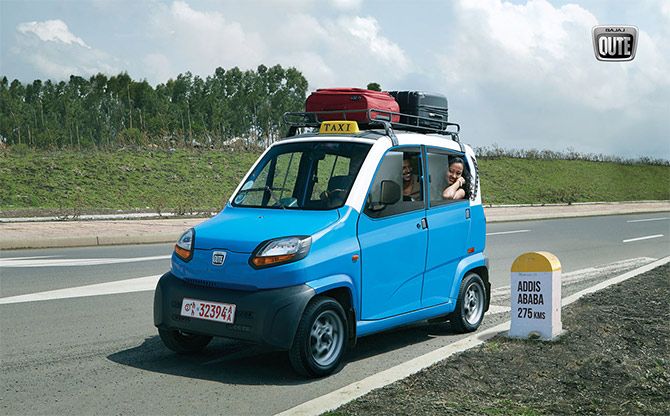
There are, of course, other challenges. For one, the company has to approach each state to allow the vehicle to ply. And the state road departments will decide not only on the fare structure but also on whether permits will be required to ply on the roads as is the case with three-wheelers in many states. If the three-wheeler play is replicated and the permits sold in the black, the economics of the business will come under strain.
Bajaj is aware that building a new category is not easy. That is why he has been looking at the export market.
This year the company is set to export over 10,000 quadricycles (2,000 to Ethiopia). It sees big potential in Myanmar and north-west Africa, where three-wheelers are banned in the city limits, and Sri Lanka, where over 40 per cent of the three-wheelers are used for personal transport; the company hopes the quadricycle will appeal to these consumers.
In Europe, where about 50,000 quadricycles are sold per annum, Bajaj is looking to make inroads by pricing the vehicles lower than the competition.
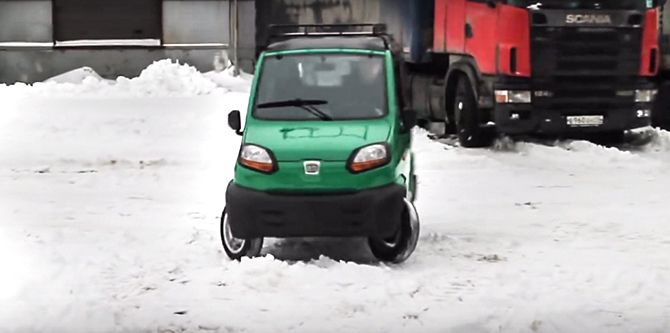
To keep the costs under control, the Qute will be made on the three-wheeler platform and use the same welding and press shops.
The synergies between the three-wheeler and the four-wheeler go further. Bajaj points out that even the additional capacity at the Pune plant is flexible and can be used to make the Qute as well as auto-rickshaws.
In the works now is an electric quadricycle, and Bajaj hopes the government will allow the Qute to be used for personal mobility. “It’s like saying that a passenger in a taxi is safe but if he drives his own car, he is unsafe,” says Bajaj.
The battle for a new category of vehicles on India’s roads has only just begun.


